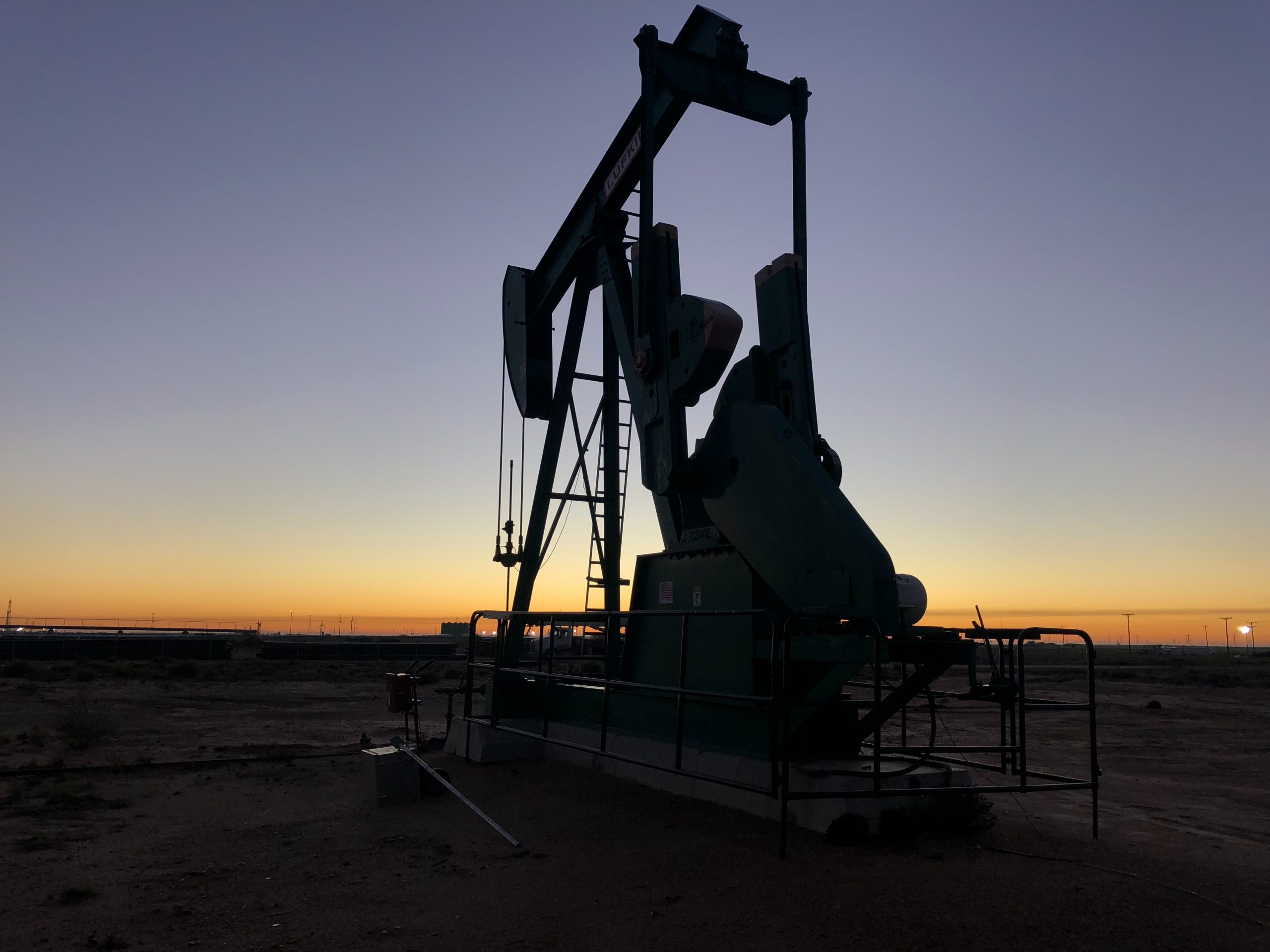
The pressure and temperature (P&T) in an oil producer well is a very important factor, since they are parameters that directly affect the conditions of the fluids; For this reason, it is very important to understand the operation and the concepts that are involved in the measurement, application and interpretation of the profiles that are generated during the different production cycles of a reservoir.
In the particular case of steam injector wells, the availability of P&T Logs is essential because through them the movement and distribution of the steam chamber that forms during the steam stimulation process can be monitored. In this way, the sweep of the heat front within the producing section of the reservoir can be predicted, and consequently, it is verified which are the heated intervals and which require a correct distribution to guarantee a uniform drainage of the hydrocarbon reserves.
The P&T logs are graphic registers that are generated from the processing of the data collected by the measurement instruments installed at the bottom and at the wellhead; which specify and record these parameters second by second, or in a time interval defined by the user.
PARAMETER LOGGING (P&T)
During the steam injection process, the measuring instruments (bottom and surface sensors) measure the pressure and temperature values while the steam injection is being executed, during the soaking time and finally when the well is producing (Drawdown). While the well is closed or in the soaking period, pressure profiles (Build-Up) can be generated to determine the inflow capacity of the reservoir. These values are later interpreted by software to carry out simulations and respective modeling based on numerical and/or analytical solutions. Many of these logs can be viewed in 3D (Figure 1), allowing the user to more accurately verify the direction of the steam chamber within the reservoir.
VISUALIZATION OF PHASES IN THE TEMPERATURE LOG
During the injection stage, the heat front advances from the well towards the interior of the reservoir, and the average penetration radius of the steam will depend on the petrophysical properties of the sand/reservoir subjected to stimulation. Subsequently, the well is closed (soaking), and the behavior of the temperature and the effectiveness of the heat transfer induced by the steam can be visualized.
The visualization of the P&T patterns represent a very important point, since they allow to determine the areas covered by the steam; therefore, extended forecast can be executed to other areas of the reservoir that present similar petrophysical properties, and subsequently oil production can be estimated during 1 or more steam injection cycles.
Figure 2 shows a specific patterns of temperature logs obtained through numerical simulation and data collected from bottom and surface sensors in a vertical well at different times or phases, for the case of a Cyclic Steam Injection (Surface views):
(A) End of injection stage – 1st cycle.
(B) End of soaking stage – 1st cycle
(C) End of production stage – 1st cycle.
(D) End of injection stage – 2nd cycle.
(E) End of soaking stage – 2nd cycle.
(F) End of production stage – 2nd cycle.
OPTICAL FIBER TEMPERATURE LOGS
On the other hand, the temperature logs obtained through optical fiber measurements show the behavior of the injected steam, from surface to downhole (reservoir); therefore, possible problems that could be generated during the injection cycle can be visualized and/or detected. This profile can be obtained in 2D and 3D for better compression and estimation of the heat front sweep. Figure 3 shows a typical behavior of a temperature register in a well equipped with double-ended optical fiber.
At Nakasawa Mining & Energy we have the necessary experience, resources and cutting-edge technology to carry out the diagnosis and prediction of P&T parameters during the different phases associated with a Steam Stimulation Process; in this way, we work in synergy with the Oil Operators, guaranteeing the assertive planning of Enhanced Oil Recovery projects, aiming at their success.
To download the article, click here.


